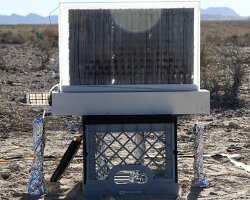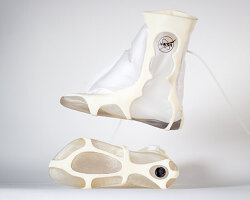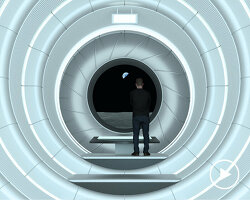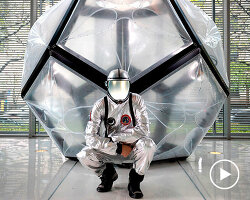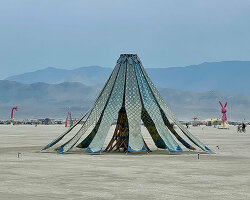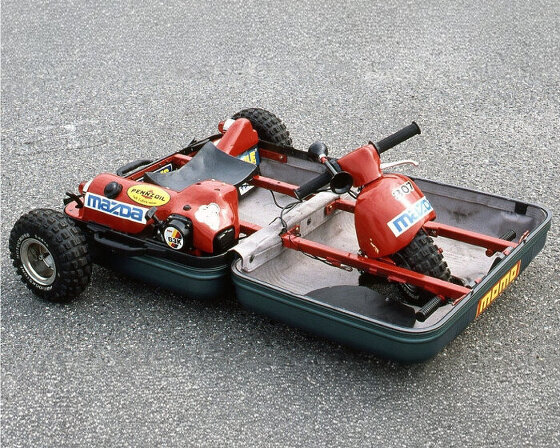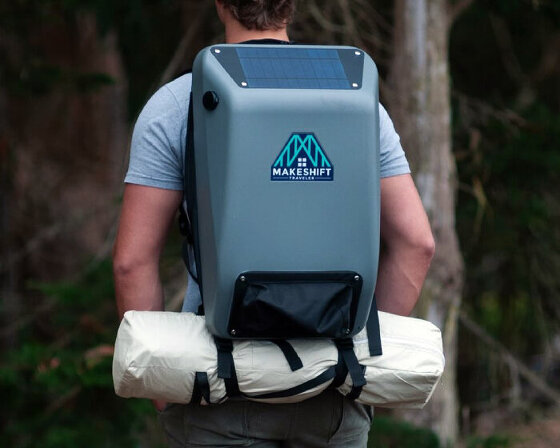KEEP UP WITH OUR DAILY AND WEEKLY NEWSLETTERS
ori eliminates ribs, fabric, and typical failure points, creating an entirely new category of personal weather device.
connections: 35
the concept trike was inspired by a vision of getting around airports more efficiently.
connections: +420
SOLARIS features retractable photovoltaic wings that form the core of the motorcycle's solar-harvesting system.
the backpack helps users looking for housing to sustainably navigate their situation until they obtain permanent shelter.
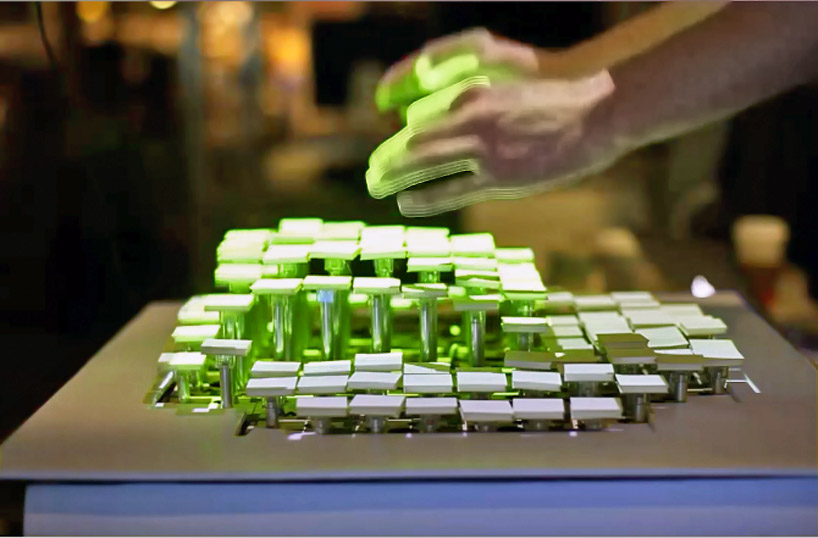
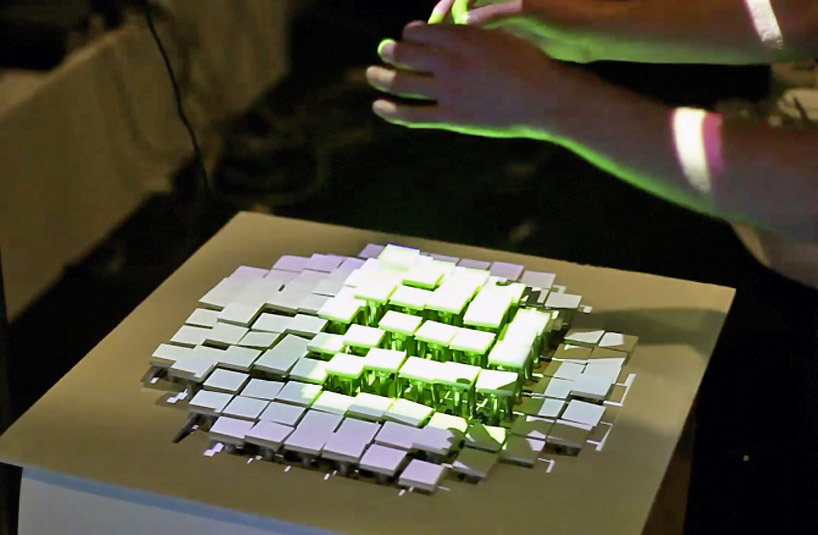 the green light cast from a mounted projector indicates the selected area, while the user’s hand gesture instructs the device to raise these keys
the green light cast from a mounted projector indicates the selected area, while the user’s hand gesture instructs the device to raise these keys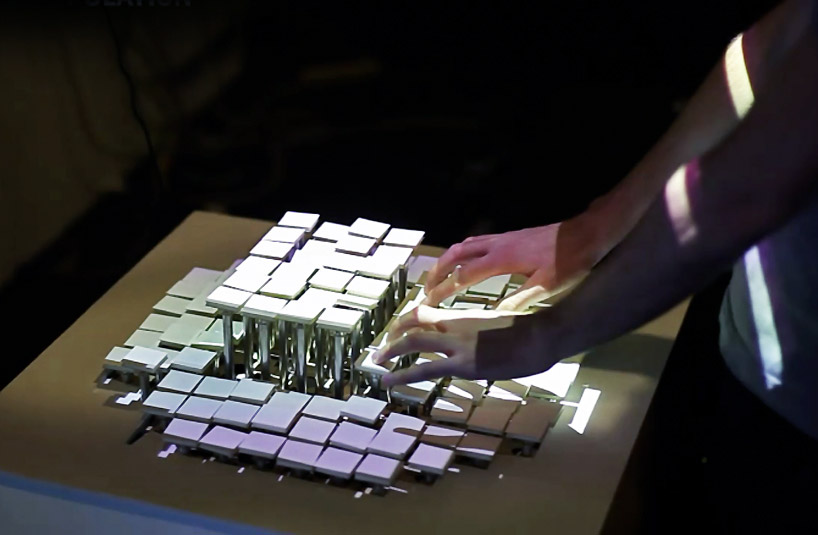 ‘recompose’ responds to both tactile and gestural input
‘recompose’ responds to both tactile and gestural input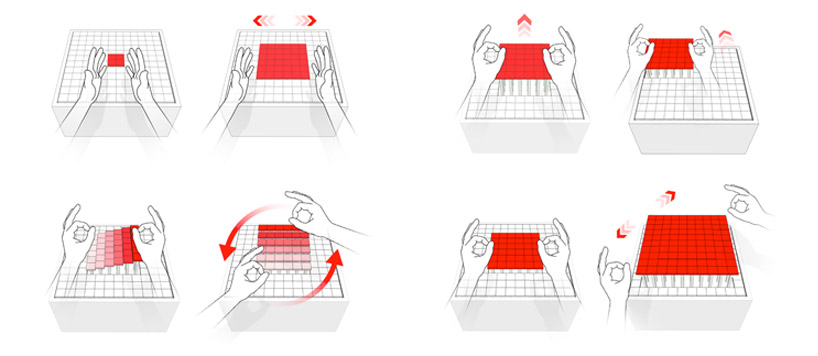 concept diagram of gestural interactions, clockwise from top left: selection (2 images), actuation, translation, scaling (both images), and rotation (both images).
concept diagram of gestural interactions, clockwise from top left: selection (2 images), actuation, translation, scaling (both images), and rotation (both images).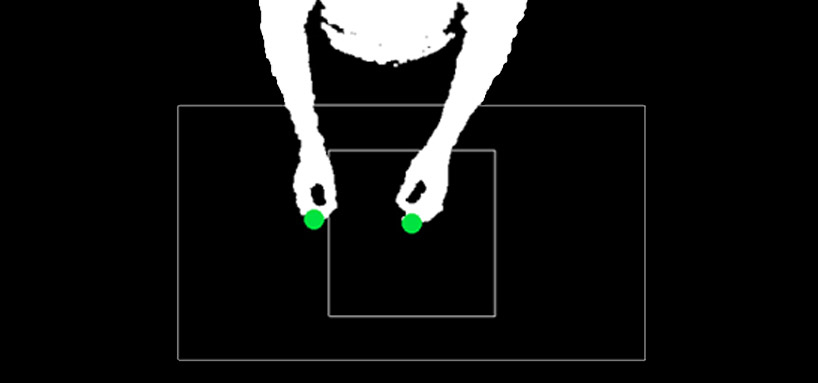 the view of input as modeled through computer vision
the view of input as modeled through computer vision